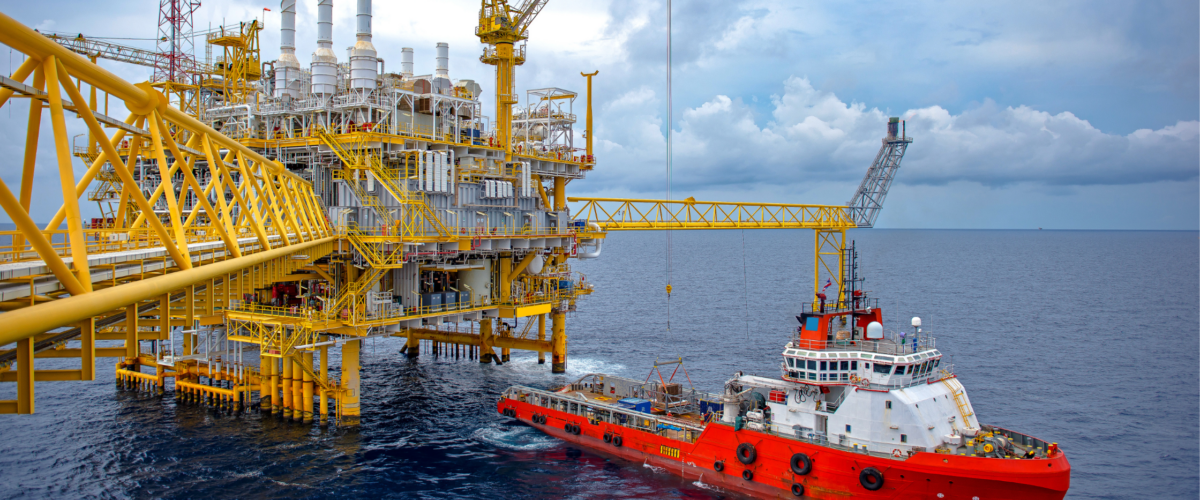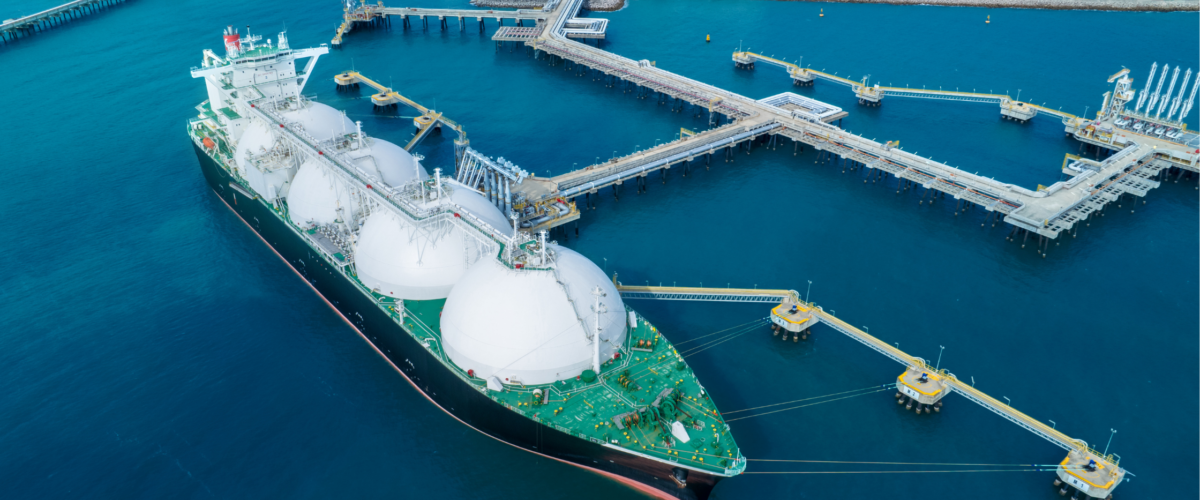The global energy industry is undergoing a major transformation, with sustainability and decarbonization taking center stage. While oil and gas continue to be crucial to meeting global energy demands, there is increasing pressure on the sector to reduce its carbon footprint and adopt more environmentally friendly practices. One of the most promising solutions is the integration of renewable energy into oilfield operations, helping to reduce emissions, cut operational costs, and improve overall efficiency.
The use of renewables such as solar, wind, and geothermal energy in oilfield operations is no longer a distant possibility—it is a growing reality. Oil and gas companies around the world are investing in renewable energy solutions to power drilling rigs, offshore platforms, and production facilities. In this blog, we explore how renewable energy is revolutionizing oilfield operations, the benefits it brings, and the challenges that must be overcome.
Why Use Renewable Energy in Oilfield Operations?
Traditionally, oilfields rely on diesel generators or natural gas to power their operations. However, these conventional sources contribute significantly to greenhouse gas (GHG) emissions and can be costly to maintain, especially in remote areas. By integrating renewable energy, companies can improve sustainability while enhancing operational efficiency. Here are a few key reasons why the oil and gas sector is turning to renewables:
1. Reducing Carbon Emissions
The oil and gas industry is a major contributor to global carbon emissions. By using renewable energy to power field operations, companies can significantly reduce their environmental impact. For example, replacing diesel-powered generators with solar or wind power can lower emissions from drilling and production sites, helping the industry move closer to net-zero goals.
2. Lowering Operational Costs
Renewable energy can reduce fuel costs, especially in remote oilfields where transporting diesel or natural gas can be expensive. Solar and wind energy, once installed, require minimal ongoing costs compared to fuel-dependent power sources. Companies can also avoid price volatility associated with fossil fuels, leading to more stable operational expenses.
3. Enhancing Energy Security in Remote Locations
Many oilfields are located in remote areas where access to conventional power sources is limited. Deploying renewable energy solutions, such as solar microgrids or wind turbines, allows these sites to operate independently of unreliable fuel supply chains, reducing downtime and ensuring continuous production.
4. Regulatory Compliance and ESG Commitments
Governments and investors are increasingly demanding that oil and gas companies adopt sustainable practices. Incorporating renewable energy into operations aligns with Environmental, Social, and Governance (ESG) criteria, helping companies comply with emissions regulations and attract sustainable investments.
5. Extending the Lifespan of Oilfields
By improving efficiency and lowering costs, renewable energy can make marginal oilfields more economically viable. This can help extend the lifespan of oilfields that might otherwise be abandoned due to high operational costs.
Types of Renewable Energy Used in Oilfield Operations
Oil companies are exploring various renewable energy sources to power their operations, depending on location, feasibility, and energy needs. The most common solutions include:
1. Solar Power
Solar energy is one of the most widely adopted renewable energy sources in oilfield operations. Solar panels can be installed on-site to generate electricity for drilling rigs, pumps, and remote monitoring systems. Some of the key applications include:
- Solar-Powered Pumps: Used for water injection and enhanced oil recovery (EOR) systems.
- Solar Microgrids: Provide power to isolated oilfield camps and production sites.
- Solar Thermal Systems: Used for heating applications, reducing the need for gas-powered heaters.
Example:
In Oman, Petroleum Development Oman (PDO) has implemented a large-scale solar-powered enhanced oil recovery (EOR) project known as Miraah. The project uses concentrated solar power (CSP) to generate steam for oil extraction, significantly reducing the use of natural gas in the process.
2. Wind Energy
Wind power is another viable renewable energy source, particularly for offshore platforms and oilfields in windy regions. Wind turbines can be deployed to generate electricity for various operations, including drilling, water injection, and gas compression.
Example:
Norwegian energy company Equinor has installed floating offshore wind farms to power oil and gas operations in the North Sea. The Hywind Tampen project, for instance, supplies renewable electricity to offshore platforms, reducing their reliance on gas-powered generators.
3. Geothermal Energy
Geothermal energy is a natural fit for oilfield operations, as drilling technology used in the oil and gas industry can be applied to tap into underground heat sources. Oil companies can use geothermal energy to generate electricity or provide direct heating for various applications.
Example:
In Texas, several companies are repurposing old oil and gas wells for geothermal energy production. This approach not only generates clean energy but also provides a sustainable way to utilize depleted oil reservoirs.
4. Hydrogen and Biofuels
Oil companies are also exploring the use of green hydrogen (produced using renewable electricity) and biofuels to power operations. Hydrogen fuel cells can provide clean, continuous power to remote oilfields, while biofuels can serve as a lower-carbon alternative to diesel.
Example:
Saudi Aramco is investing in hydrogen production as part of its sustainability strategy. The company is exploring ways to use hydrogen to power its operations while also positioning itself as a global leader in the emerging hydrogen economy.
Challenges and Considerations
While integrating renewable energy into oilfield operations offers numerous benefits, there are challenges that must be addressed:
1. Initial Investment Costs
The upfront costs of deploying renewable energy infrastructure can be high. However, long-term savings on fuel and maintenance often offset these initial expenses. Many companies are exploring partnerships and financing options to support renewable energy adoption.
2. Intermittency and Energy Storage
Solar and wind power are intermittent sources of energy, meaning they do not generate electricity consistently. To ensure a reliable power supply, oil companies are investing in energy storage solutions such as batteries and hybrid systems that combine renewables with conventional power sources.
3. Technical Integration
Integrating renewables into existing oilfield operations requires careful planning and technical expertise. Companies must assess site-specific conditions, optimize power distribution, and ensure compatibility with current infrastructure.
4. Regulatory and Market Barriers
Some regions may have regulatory barriers or lack incentives for renewable energy integration. Governments play a crucial role in supporting this transition by implementing favorable policies, subsidies, and tax incentives for sustainable energy projects.
The Future of Renewable-Powered Oilfields
The transition to renewable energy in oilfield operations is gaining momentum, with more companies recognizing the economic and environmental benefits. As technology advances and costs continue to decline, the adoption of renewables will become more widespread. Key trends shaping the future include:
- Greater investment in hybrid energy systems combining renewables with traditional power sources.
- Advancements in energy storage to ensure a stable and reliable renewable power supply.
- Increased collaboration between oil companies and renewable energy providers.
- Policy support and incentives to drive further adoption of green technologies.
Oil and gas companies that embrace renewables will not only reduce their carbon footprint but also position themselves as leaders in the energy transition. By integrating renewable energy into their operations, the industry can create a more sustainable future while continuing to meet global energy demands.
Renewable energy is no longer just an alternative—it is a critical component of the evolving oil and gas industry. By leveraging solar, wind, geothermal, and other sustainable energy sources, companies can enhance efficiency, reduce emissions, and ensure long-term profitability. As the push for sustainability grows, the integration of renewables into oilfield operations will play a key role in shaping the future of energy production worldwide.
Read more on Sparkview Energy:
The Role of Natural Gas as a Bridge to a Renewable Energy Future
Investing in Renewable Energy: Diversification Strategies for Oil Companies
Adopting and Promoting Renewable Energy Sources for Diversification





